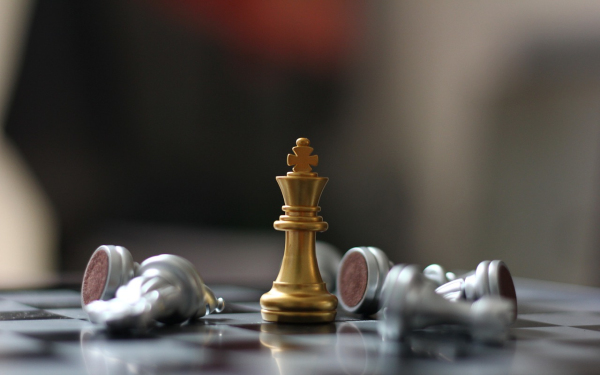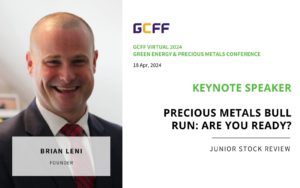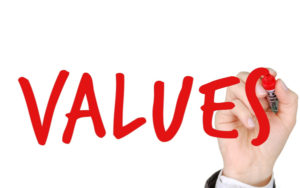Goldman Sachs Raises Gold Price Target as Concerns Mount Over Maintaining $2400

Last week, the gold market reached another milestone as the price of gold surged past $2400 per ounce for the first time in history, hitting a peak of $2,448.80 on Friday before retracing below the mark. Despite this, analysts at Goldman Sachs raised their year-end gold price target from the previous $2,300 to $2,700 on the same day, citing continued central bank gold buying in emerging markets amid geopolitical risks.
Over the past two months, the price of gold has soared by more than 20%.
Some attribute this increase to safe-haven demand, given the ongoing escalation of tensions in the Middle East, particularly between Iran and Israel. Others believe that options markets and the New York Mercantile Exchange are also playing a role. However, there is a prevailing sense of perplexity, with many expressing uncertainty about the state of the world and the gold market’s behavior.
One significant source of confusion is the U.S. inflation data and the Federal Reserve’s interest rate cut expectations, which have seemingly had limited influence on the price of gold in recent times. The U.S. inflation report released on Wednesday, April 10th, revealed that the Consumer Price Index (CPI) for March rose from 3.2% to 3.5%, while the core CPI, which excludes food and energy prices, remained steady at 3.8%.
The Federal Reserve has consistently stressed the need to control inflation before considering rate cuts, and the latest CPI data has dampened market expectations of a rate cut. The price of gold typically exhibits an inverse relationship with interest rates. It’s bewildering that despite historically high interest rates, the price of gold continues to reach new highs.
Addressing these concerns, Goldman Sachs analyst Nicholas Snowdon suggested that predicting gold prices now requires a new approach, viewing gold as a barometer for fear and wealth is useful. This kind of panic factor demonstrates cyclical characteristics, such as in 2000, 2008, and 2020, or more structural features, particularly when the U.S. dollar-based international monetary system faces challenges.
A key distinction between cyclical and structural fear lies in the relationship between gold and real interest rates (inflation-adjusted rates). If investors simultaneously buy gold and Treasuries, it indicates confidence in the overall financial system. However, if both gold and interest rates rise simultaneously, as seen recently, it signals a clear shift in risk preferences towards real assets.
Bonds
Gold
Interest Rate
Precious Metals








